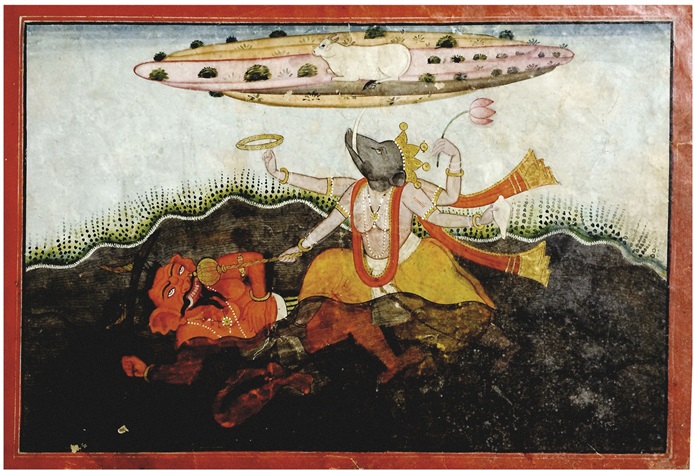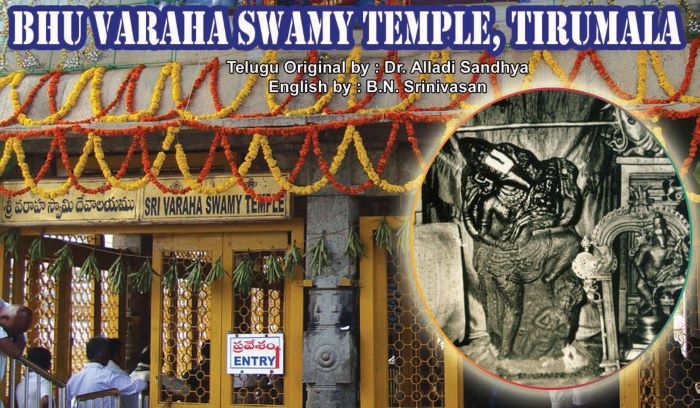Varaha Kshetram The Seven Hills of Tirumala in total is being called ‘Varaha Kshetram‘. Sri Venkateswara Swami and Sri Varaha Swami temples are located here. Having the first darshan of Lord Varaha Swami, the darshan of Sri Venkateswara Swami later by the devotees has been a practice for several years and is the specialty of Read More
Tag: Bhu Varaha Swamy
Firstly, devotees will visit Sri Varaha Swami / Bhu Varaha Swamy after taking a bath in Pushkarini and then only have darshan of Sri Venkateswara Swamy of Ananda Nilaya
Bhu Varaha Swamy Temple – Tirumala
Bhu Varaha Swamy Temple The legend says that this is older than the temple of Sri Venkateswara Swamy and hence first pooja and offerings of Naivedya are done in this temple. Lord Srinivasa got a place to dwell here on the condition that devotees offer first worship, and first Naivedya to Varahaswamy. After getting the Read More


